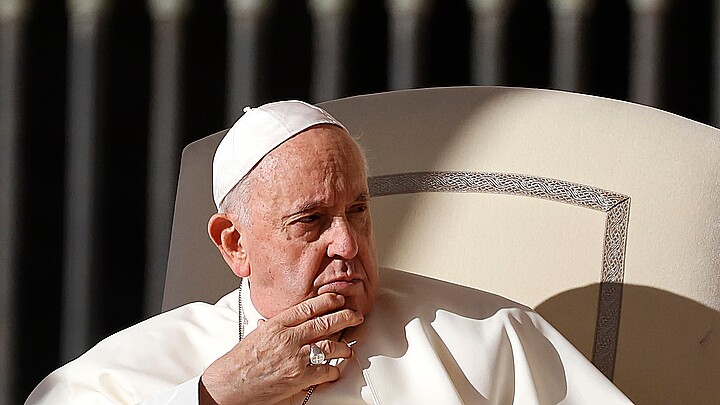Politics
NATO prepares to send troops to Eastern Europe
“We are considering to further enhance our presence in the eastern part of the Alliance,” Stoltenberg said in a press conference in Brussels
January 24, 2022 4:17pm
Updated: January 24, 2022 4:17pm
Secretary General Jens Stoltenberg warned on Monday that NATO is reinforcing eastern Europe with more ships and fighter jets and could also send additional troops to its south-eastern flank if a diplomatic solution to the Ukraine crisis is not reached.
Referencing a series of deployments recently announced by alliance members, Stoltenberg said NATO would take "all necessary measures."
“We are considering to further enhance our presence in the eastern part of the Alliance,” Stoltenberg said in a press conference in Brussels. “This could include the deployment of additional NATO battlegroups. These deployments are proportionate and in line with our international commitments, and they reinforce European security for all of us.”
Stoltenberg’s move is a further sign that the West is bracing for a Russian attack on Ukraine after having massed more than 100,000 troops on its border with its neighbor.
"We will always respond to any deterioration of our security environment, including through strengthening our collective defense," Stoltenberg noted.
He later told reporters that the enhanced presence along NATO's eastern border could include the deployment of additional battlegroups.
"We are considering also to have battlegroups... in the southeast of the alliance," Stoltenberg said.
NATO presently has about 4,000 troops in multinational battalions in Estonia, Lithuania, Latvia and Poland, backed by tanks, air defenses and intelligence and surveillance units.
Although Russia denies planning an invasion, the Kremlin engineered the crisis by surrounding Ukraine with forces from the north, east and south. Putin’s regime now cites the West’s response as evidence to support the narrative that Russia is the target of aggression.
U.S. officials have reported that the Pentagon is currently finalizing efforts to identify specific units that it could deploy to NATO's eastern flank. One official said up to 5,000 troops could be deployed in the coming weeks.
Denmark, Spain, France and the Netherlands were all planning or considering sending troops, planes or ships to eastern Europe, NATO said. Ukraine shares borders with four NATO countries: Poland, Slovakia, Hungary and Romania.
A Polish official said Warsaw would draw the line at sending troops to Ukraine.
But the Kremlin’s top diplomat, Dmitry Peskov, accused the West of “hysteria” and putting out information "laced with lies.”
“As for specific actions, we see statements by the North Atlantic Alliance about reinforcement, pulling forces and resources to the eastern flank. All this leads to the fact that tensions are growing,” he said.
“This is not happening because of what we, Russia, are doing. This is all happening because of what NATO and the U.S. are doing and due to the information they are spreading.”
Asked whether he thought an invasion was imminent, British Prime Minister Boris Johnson told reporters that intelligence was "pretty gloomy on this point" but that "sense can still prevail."
He repeated Western warnings that invading Ukraine would be "a painful, violent and bloody business" for Russia.
EU foreign ministers meeting in Brussels warned Russia it would face "massive" consequences, but are divided over how tough to be on Moscow and did not say what the consequences might be.
Ukrainian President Volodymyr Zelenskiy told EU President Charles Michel that it was important for Kyiv that the European community showed unity.
"Ukraine will not fall for provocations, and together with its partners, will remain calm and restrained," his office said.










